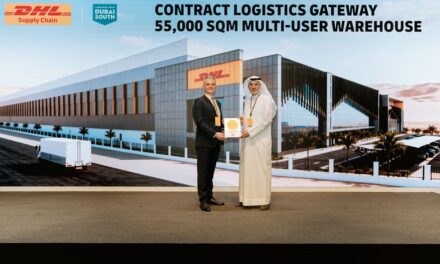
Smart container tracking service for New Silk Road shipments

Arviem has launched a real-time container monitoring and tracking service developed for rail freight shipments on the New Silk Road. The New Silk Road initiative streamlines the transport of goods from Asia to Europe by connecting European cities and Chinese metropolises.
In a statement sent to Post&Parcel today (2 October), Arviem said: “As shipping via the Silk Road train is faster than marine transport and significantly cheaper than air transport, this logistics option appeals especially to customers who are shipping time-sensitive goods or high value cargo. Even though the New Silk Road is still under development, many shippers are already taking advantage of the new global logistics options offered by the extensively developed rail infrastructure and the steadily growing number of China-Europe express trains.”
Mirko Schneider, Director of Sales at Arviem, said: “After successfully completing the first monitoring missions on the Silk Road for a selected number of existing clients, Arviem is ready to offer the services to a wider range of companies.”
According to Arviem: “Transporting high value cargo across Central Asia by train imposes supply chains to various risks. There are severe temperature variations along the route as the train passes through the warm climate of China to the super freezing environment of Russia. Bearing in mind that cargo ferried along the railway is often temperature sensitive, manufacturers are putting in place mechanisms to monitor their goods ensuring the correct temperature is being maintained and mitigating the risks of disruptions.
“Additionally, cargo is increasingly becoming a target of violence. Implementing cargo tracking and monitoring solutions is crucial to mitigate the risk of cargo theft, extortion, hijacking and smuggling – risks that are often faced by shippers of high-value cargo.”
Stefan Reidy, CEO of Arviem, added: “Our cloud-based supply chain visibility platform displays a constant data stream on the location and condition of cargo; displaying information on temperature, humidity, shock, door opening as well as and dynamically calculating the estimated time of arrival based on Big Data.”












